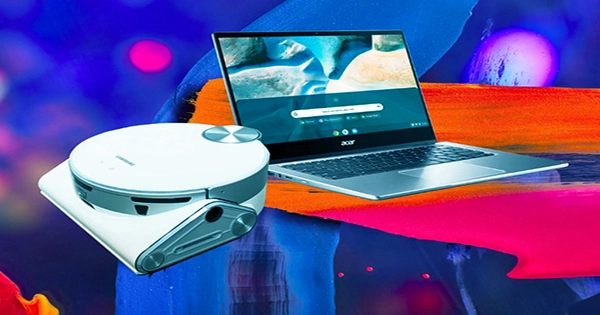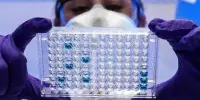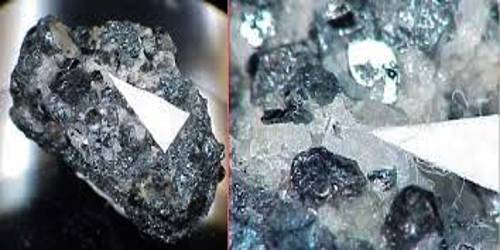Researchers have described a melting espionage device that, in the future, could gather data before disintegrating into an oozy puddle when subjected to heat or UV light. In a document that is presently available on the pre-publication server arXiv, the architecture of such a robot is emphasized. The soft robot, according to the report, could gather knowledge and take care of other things that a computer might require.
Scientists refer to the melting espionage robot as a “soft robot,” indicating that it is constructed of materials that are more malleable than those used in traditional robots. These softer materials enable the robots to be more adaptable, and they have been suggested for a variety of tasks, such as bringing medication to untamed animals and even cancer-fighting robots that can journey to specific areas of the body.
The experts’ silicone compound was used to construct this specific automaton. Due to the material’s rapid degradation in the presence of heat and UV light, this dissolving espionage robot can be easily discarded after its task is complete. The researchers created a mission simulation where the robot had to explore a new area before destroying itself in order to gauge its effectiveness.
During its journey, the robot could measure temperature data and even notify the experts of any alterations. Additionally, photodetectors were used to identify UV lamp light. The spy robot relocated to a tiny hot dish heated to 120 degrees Celsius after the task was finished. (248 Fahrenheit). After being exposed to UV light and then the heat from the plate, the automaton eventually dissolved into an oily fluid.
Not only is this dissolving robot extremely promising, but so have other squishy robots in recent years. Researchers developed a robotic slime that can travel through small spaces without creating problems last year. This slime uses magnets to move and gather items.















